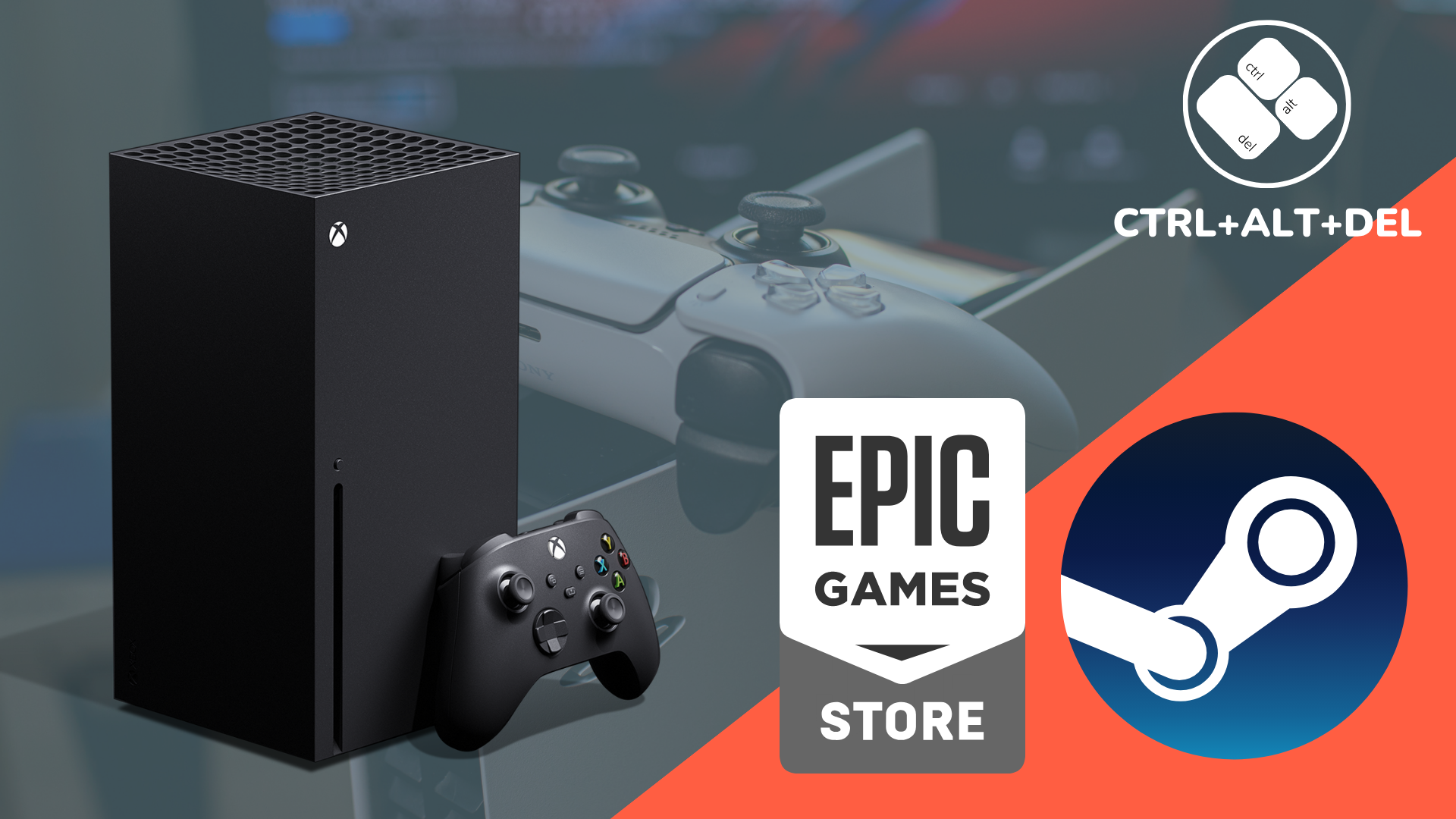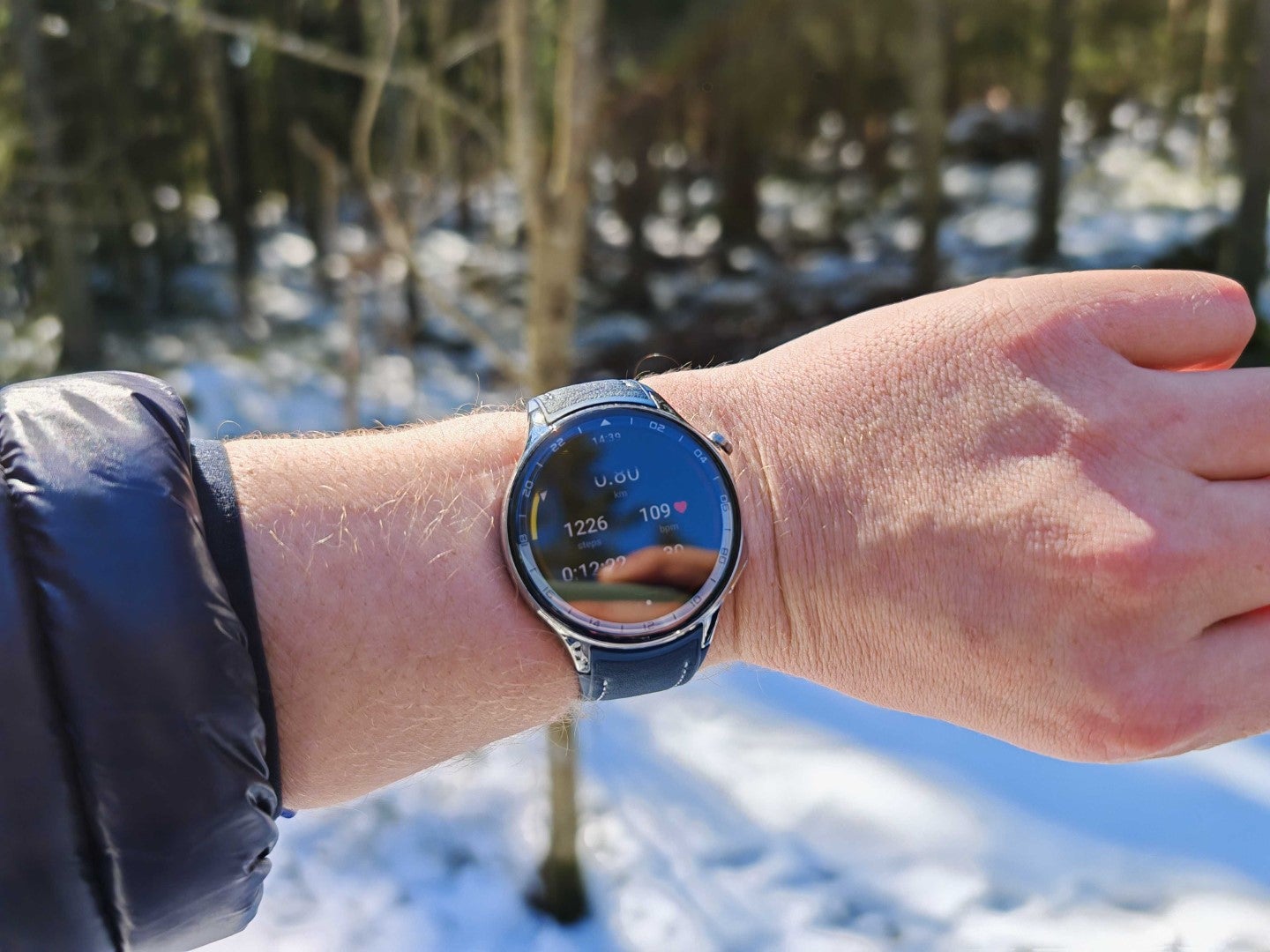Sound and Vision: The most important headphone feature is not what you think

OPINION: Another week, another launch; this time it was Philips’ bi-annual look at products on their way in the next few months, with the focus being on its OLED+908 and its new Fidelio L4 and T2 headphones.
I got up close (if not necessarily personal) with each product, and the headphones were a particular area of interest on this occasion. I’d liked the Fidelio L3 enough to give them our best headphones award in 2021. The original T1 true wireless I wasn’t as fond of. Big and chunky, the design of the earbuds felt as if they were from a previous generation.
And Benoit Burette, Audio Strategy Director for Philips Audio, conceded that was an issue during his presentation for the T2, shining a light on an area that’s become more important with each passing true wireless generation – fit.
There have been many times in the office where I’ve chatted to people about wireless earbuds where the issue of fit comes up. A few complained about the Sony WF-1000XM4, which despite being smaller than the WF-1000XM3, were still large and chunky for some, not fitting into their ears with the same sense of security. And of course, if the earphones’ seal isn’t tight and secure, you won’t get the best sound or noise-cancellation. It’s a cascading effect.
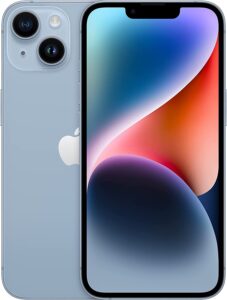
Get an iPhone 14 for just £799
You can currently get the iPhone 14 at a price that’s far closer to the iPhone 13 RRP, thanks to Amazon.
- Amazon
- Save £50
- Now £799
And so, with each new iteration of a true wireless, whether from Bose, Sony and now Philips, the messaging has been “smaller is better”.
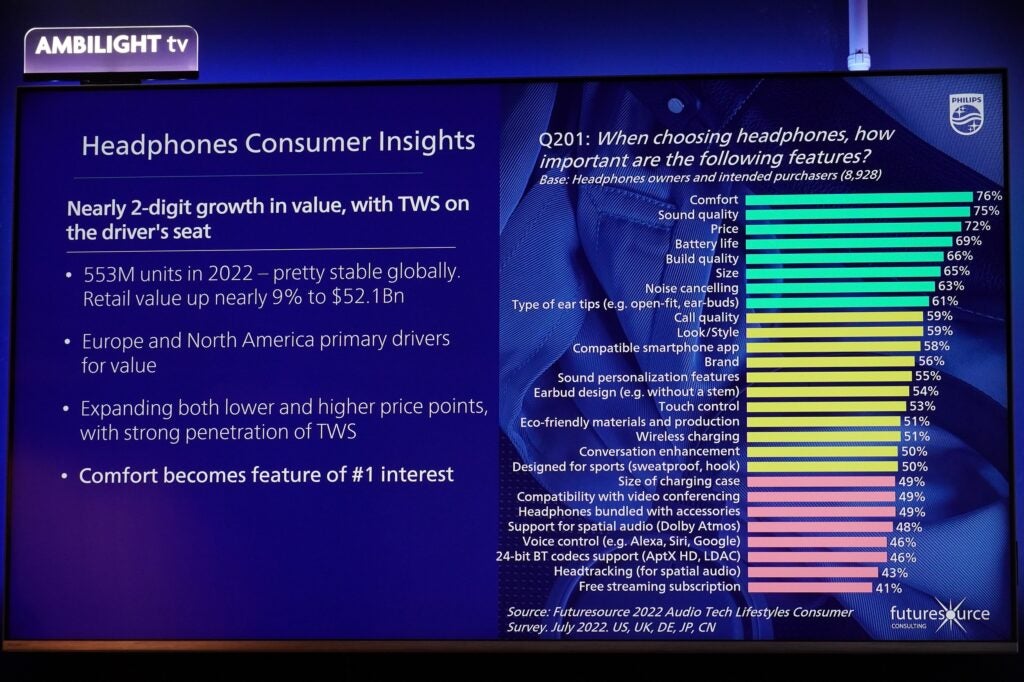
And Benoit threw in a few interesting tidbits of consumer insights from Futuresource Consulting that indicated that, for the first time, comfort scored higher in terms of why consumers chose a true wireless (76% to 75%). Digging deeper into the numbers, consumers in GenZ, Millennial (that’s me), 42-57, and 58+ age groups were asked about their biggest frustrations with in-ear design and guess what came up as the main reason? “Stability in ear”.
And of those groups asked, sound quality only featured as an answer in one group – GenZ – and it was at the bottom of the three largest responses.
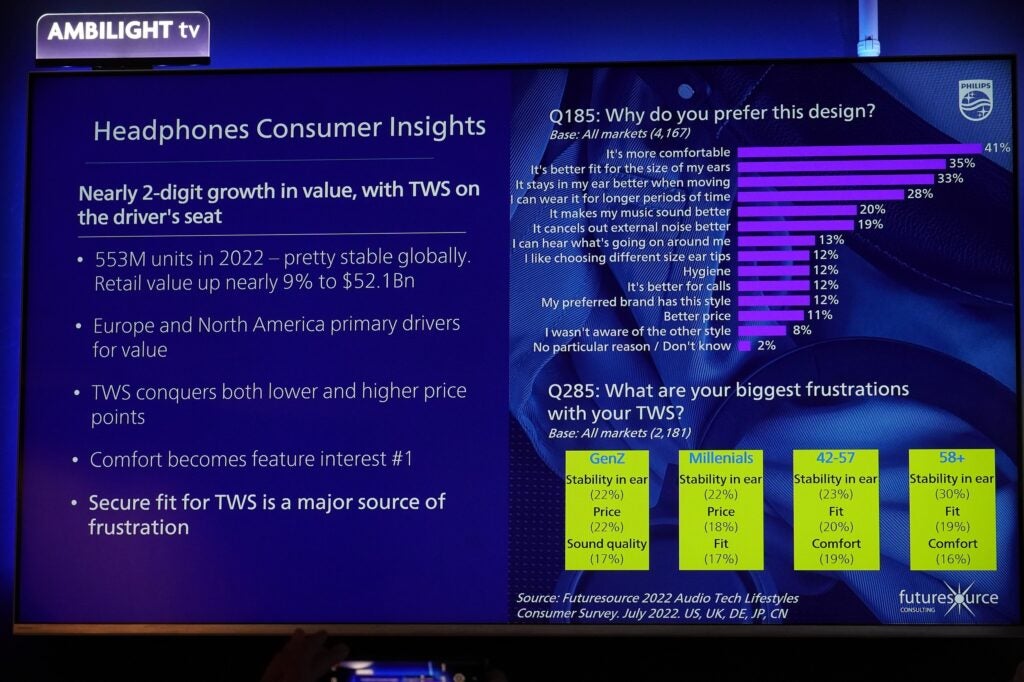
Now you could look at that from two perspectives. One is that other groups aren’t concerned about sound quality because it’s not something they’re ‘frustrated’ about and perhaps even taken for granted. Or that they are concerned about sound quality, but there are other things that are other concerns that are more pressing.
It’s a surprise, at least to me, as sound quality as always been king but that’s clearly not the case as wireless earbuds have become more popular. We wear headphones for longer it seems, and therefore comfort is the priority, but even if you wear a pair for five minutes or an hour, such is the knock-on effects on other aspects that I mentioned before, a good fit is essential to a good overall experience.
So it always impresses me when you really look at the wealth of technology in true wireless earbuds that’s been miniaturized to fit into place. With sound quality that’s not all that a significant step from their over-ear counterparts, they are true wireless wonders.
So unlike TVs, where bigger is increasingly considered as better (and of course, hoovering up more of your cash), smaller is better for true wireless. Audio brands are listening to you, but let’s also not lose sight of the reason we all listen to music for, and that’s for how the sound makes us feel. Otherwise, who cares if they fit well but sound rubbish?




